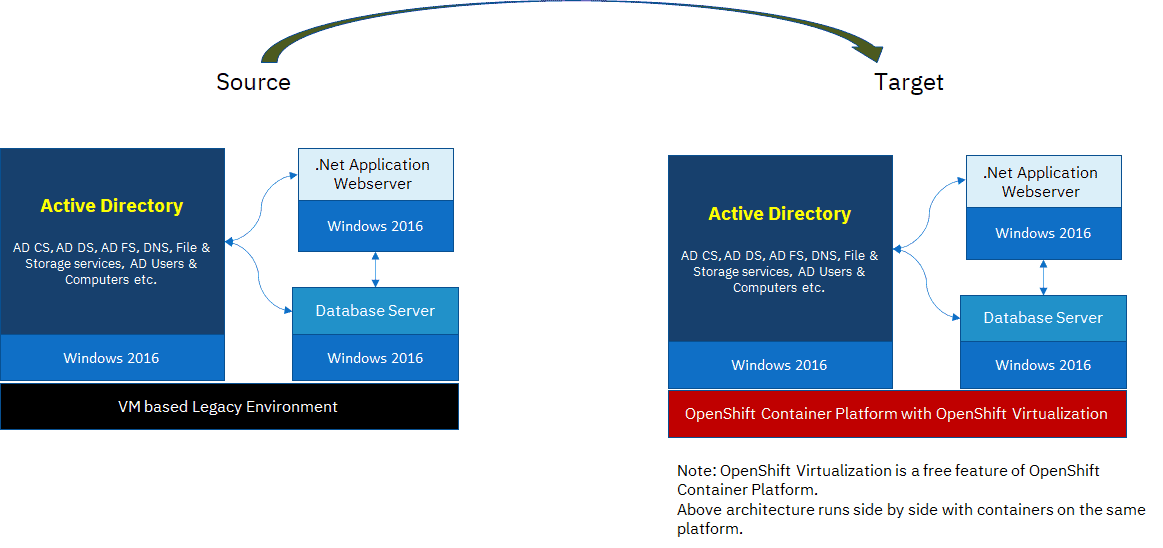Guest post by:
- Vishal Anand – Chief Technologist, Cloud Migrations and OpenShift PaaS – IBM Consulting
- Utpal Mangla – Industry EDGE Cloud – IBM Cloud Platform
- Atul Gupta – Lead Data Architect – IBM
- Luca Marchi – Industry EDGE and Distribute Cloud – IBM Cloud Platform
The Evolution of Hybrid Model of Containerized and Virtualized Models.
So far, the IT industry has mostly lived a binary world i.e. either VMs or containers, from a platform standpoint.
Today, We present to the industry a thought process which expands from platform architecture to innovating business models to accelerating digital transformations through declarative coexistence.
In other words, it is the existence of virtual machines and containers (and associated practices) on a common platform.

Pattle is a PaaS based operating approach which brings the efficiencies for scale and, ease of management and care for workloads (Vishal Anand).
(‘p’ from pet- virtualized workloads – and ‘attle’ from cattle – containerized workloads – denotes a mix of architectural characteristics existent by design for consistency)
When that happens on a common Kubernetes-native platform — it results into converged opens source-based platform practices.
The Philosophy of Pattle Service Model:

It is about consistency in terms of skills, storage, networking, automation, development, ecosystem, web console, command line interface, everything as YAML, CI/CD, Infrastructure as code, GitOps, observability, portability & interoperability, user experience and more.
Modernization of legacy monolithic applications is often tedious and slow, and this approach allows managing both the legacy applications and new cloud native applications with similar standards and methodologies.
While we are maturing this model at a fast pace, we have now started rehosting sophisticated workloads to Kubernetes-native platform in a “pattle” way which was simply impossible in the past.
Rehosting of ‘Active Directory and its Ecosystem’ to OpenShift Container Platform (by leveraging OpenShift Virtualization operator), combined with containerization, is such an example.

We successfully rehosted Active Directory (and all of its components), .Net application, databases, webserver etc. all running on Windows operating system, to OpenShift Virtualization. We are now also containerizing some of the components right there on the same OpenShift Container Platform.
Disclaimer: Views are our own and personal ones.